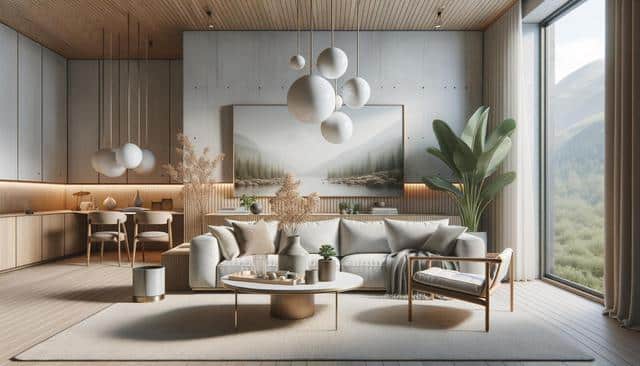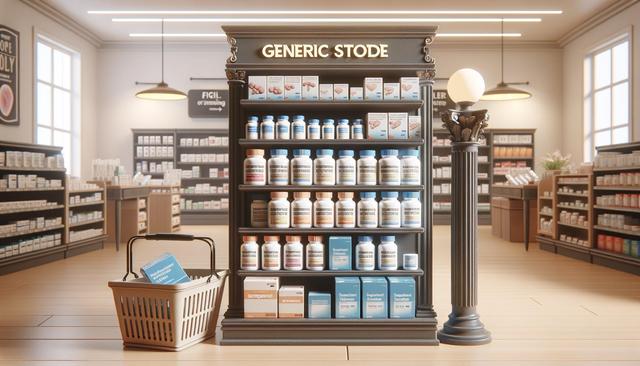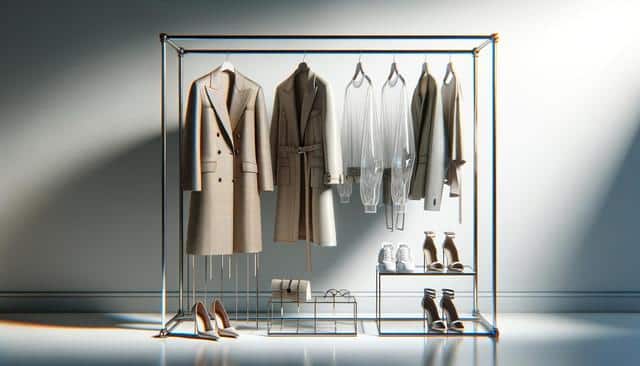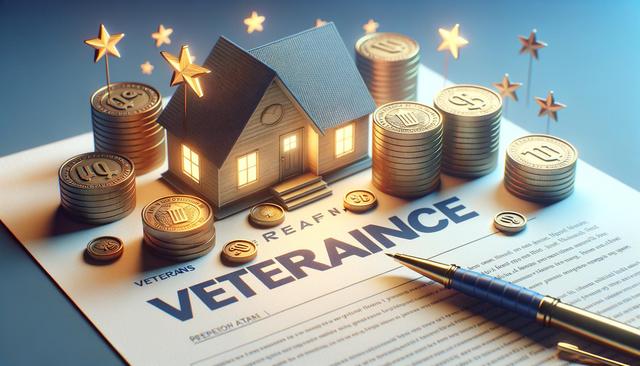
Discover New Interior Looks for 2025
Biophilic Design and Nature-Inspired Living
One of the most influential trends in 2025 interior design is the continued rise of biophilic design. This approach emphasizes a stronger connection to nature by integrating natural elements into the home environment. From indoor gardens to materials that mimic the textures and colors of the outdoors, biophilic design encourages a calming and rejuvenating living space. Homeowners are increasingly gravitating toward decor that includes:
- Wooden finishes and reclaimed wood accents
- Natural stone surfaces like slate or marble
- Live greenery, such as vertical gardens and potted plants
- Large windows to maximize natural light
These elements not only promote well-being but also contribute to a more sustainable and eco-conscious lifestyle. Nature-inspired color palettes—featuring mossy greens, sandy beiges, and sky blues—are also expected to dominate, creating tranquil atmospheres that promote mindfulness and relaxation.
Soft Geometry and Curved Forms
Sharp edges are taking a backseat as rounded shapes and soft geometry become more popular in 2025. This design direction adds a sense of fluidity and comfort to interiors, making spaces feel more inviting and harmonious. Furniture and fixtures are moving towards more organic shapes with gentle curves and smooth contours. Expect to see:
- Sofas and chairs with rounded backs and arms
- Circular rugs and coffee tables
- Arched doorways and mirrors
These design choices allow for a more seamless flow between rooms and soften the visual lines within a space. The shift to curved silhouettes also reflects a broader trend toward prioritizing comfort and emotional well-being in home environments.
Smart Furniture and Multifunctional Spaces
Technology continues to influence interior design, and 2025 brings a surge in smart furniture. As homes increasingly serve multiple purposes—office, gym, retreat—flexible and tech-integrated furniture becomes essential. Designers are innovating with pieces that not only save space but also enhance functionality. Examples include:
- Desks that convert into dining tables
- Wall beds with built-in storage
- Smart mirrors with lighting and voice control
- Modular sofas that adapt to different layouts
These designs support the growing demand for efficient, multipurpose interiors, especially in urban settings where space may be limited. Smart furniture helps homeowners maintain an organized and adaptable environment without sacrificing style or comfort.
Sustainable Materials and Ethical Design
Environmental responsibility remains a priority in 2025, and interior design is no exception. Consumers are becoming more conscious of where their materials come from and how products are made. As a result, there is a noticeable shift toward sustainable materials and ethical design practices. Leading choices include:
- Bamboo and cork for flooring and cabinetry
- Recycled metals and glass for fixtures and decor
- Organic fabrics like hemp, linen, and organic cotton
- Low-VOC (volatile organic compounds) paints and finishes
Designers are also embracing vintage and upcycled furniture, reducing waste and adding unique character to interiors. This trend not only reflects a commitment to environmental stewardship but also supports craftsmanship and long-lasting quality over disposable, mass-produced items.
Personalized Spaces and Emotional Design
Interior design in 2025 places a strong emphasis on personalization and emotional connection. Rather than following rigid design rules, homeowners are encouraged to create spaces that reflect their personalities, histories, and values. This trend embraces individuality through:
- Custom artwork and gallery walls
- Mixed textures and eclectic decor styles
- Meaningful color choices based on mood and function
- Sentimental objects integrated into the design
Emotional design prioritizes comfort and happiness, encouraging people to decorate with intention. Whether it’s through cozy reading nooks, memory-filled displays, or mood-enhancing lighting, interiors are becoming more aligned with personal well-being. This approach supports mental health and fosters a deeper connection with one’s living space.
Conclusion: Designing with Intention for 2025
As we look toward 2025, interior design trends reflect a desire for more meaningful, functional, and harmonious living spaces. Whether you’re drawn to nature-inspired aesthetics, advanced smart furniture, or sustainable materials, the key is to design with intention. These trends invite homeowners to create environments that support both their lifestyle and values. By embracing these evolving styles, you can transform your home into a space that not only looks beautiful but also feels genuinely supportive and inspiring.


